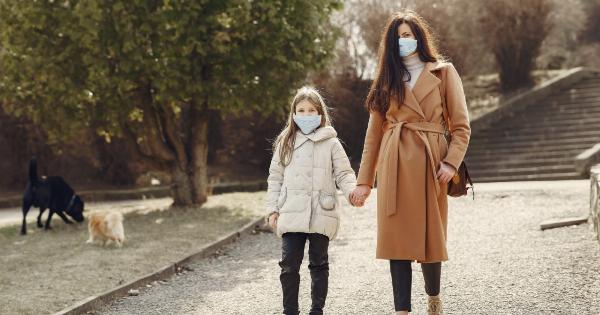In recent years, the world has witnessed the emergence of various infectious diseases with the potential to cause devastating global pandemics. One such disease is H5N1 influenza, commonly known as avian influenza or bird flu.
This highly contagious viral infection primarily affects birds, but its ability to jump from birds to humans is a cause for serious concern. H5N1 influenza poses a significant threat to both animal and human health, with the potential for severe illness and high mortality rates.
The Origins and Spread of H5N1 Influenza
H5N1 influenza was first identified in 1997 in poultry in Hong Kong. Since then, it has spread to many countries across Asia, Europe, Africa, and the Middle East.
The virus is primarily transmitted through contact with infected birds or their droppings, but it can also be transmitted through the consumption of contaminated poultry products. Human-to-human transmission of H5N1 influenza is rare but possible, usually occurring in close contact situations or in cases of inadequate infection control measures.
The Symptoms and Impact on Human Health
When H5N1 influenza infects humans, it can cause severe respiratory illness, often leading to pneumonia and acute respiratory distress syndrome (ARDS).
The initial symptoms of H5N1 infection are similar to those of seasonal influenza, including fever, cough, sore throat, and muscle aches. However, as the disease progresses, it can rapidly evolve into a life-threatening condition. The mortality rate of H5N1 infection is alarmingly high, with more than half of reported cases resulting in death.
The Global Health Implications
H5N1 influenza is not only a threat to individual health but also poses significant challenges to global public health.
The rapid spread of the virus among bird populations increases the risk of viral reassortment, potentially giving rise to a highly pathogenic strain that could cause a global pandemic. The World Health Organization (WHO) and other international health agencies closely monitor H5N1 influenza due to its significant pandemic potential.
Prevention and Control Measures
Efforts to prevent and control the spread of H5N1 influenza include enhanced surveillance and early detection, culling of infected bird populations, improved biosecurity measures in commercial poultry farms, and public health education campaigns.
Vaccination of poultry is also a crucial strategy for reducing the viral load in bird populations. In the event of a suspected or confirmed outbreak in humans, prompt isolation and treatment of infected individuals are essential for preventing further transmission.
Economic Impact and Agriculture
The global poultry industry is particularly vulnerable to the economic consequences of H5N1 influenza outbreaks.
In affected regions, widespread culling of birds and trade restrictions on poultry products can lead to significant economic losses for farmers, producers, and related industries. Ensuring the healthy and sustainable development of the poultry sector remains a key challenge in the face of the ongoing threat of H5N1 influenza.
The Role of Global Cooperation
Addressing the threat of H5N1 influenza requires robust global cooperation and collaboration.
Efforts to prevent and control this virus must involve close coordination between national health authorities, veterinary services, and international organizations. Sharing of scientific research, information, and best practices is crucial for developing effective strategies, rapid response systems, and innovative treatments or vaccines to combat H5N1 influenza.
Learnings from H5N1 Influenza and Preparedness for Future Outbreaks
While H5N1 influenza continues to be a significant concern, it has also provided valuable insights into the importance of early detection, timely reporting, and international collaboration in disease control.
Lessons learned from the response to H5N1 influenza have contributed to the development of preparedness plans for future outbreaks, including the ongoing monitoring of related influenza viruses with pandemic potential.
Conclusion
H5N1 influenza remains a serious global threat that demands continued vigilance. The potential for this virus to cause severe illness and significant mortality rates highlights the urgent need for sustained efforts in prevention, detection, and control.
By investing in global cooperation, research, and preparedness, the world can better safeguard against the alarming threat of H5N1 influenza, reducing the risk to both animal and human populations.































